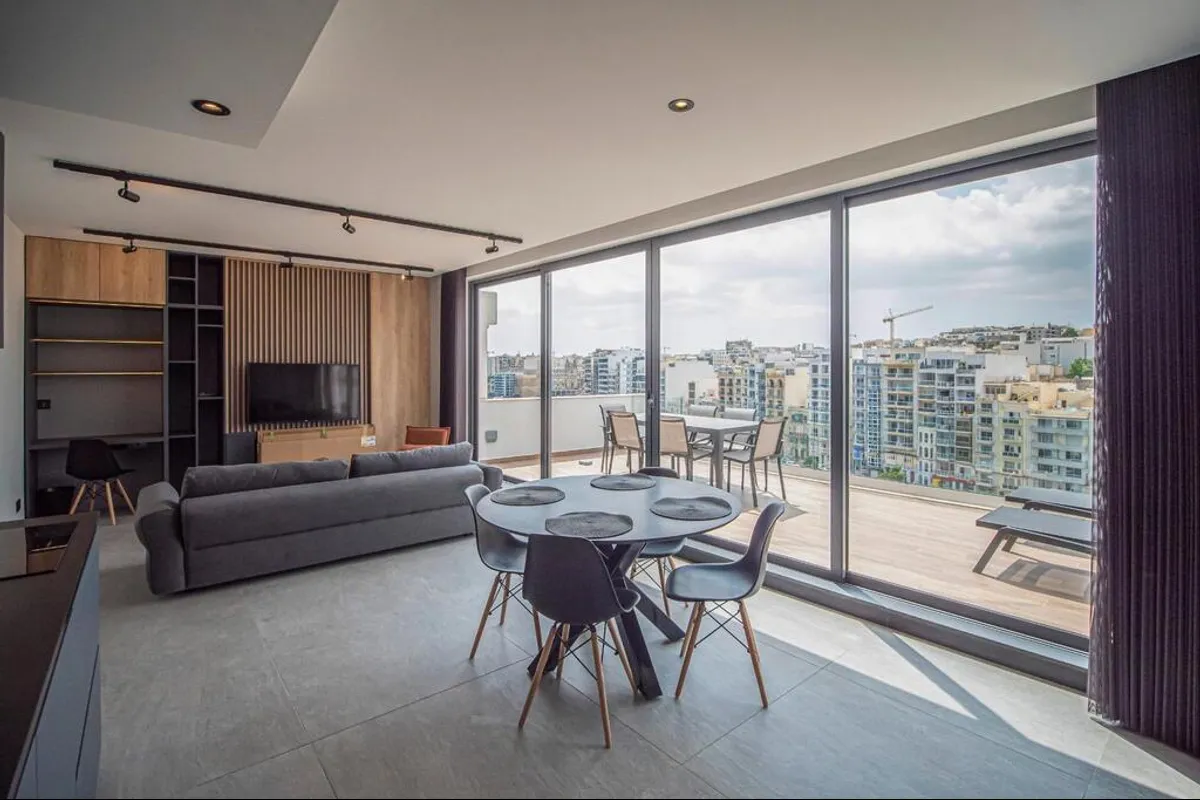Malta continues to be one of the most attractive destinations in the Mediterranean for property investment. Whether you’re relocating, buying a second home, or looking for a high-yield rental, understanding the property market in Malta is essential.
In this guide, we’ll walk you through the current laws, best locations, common property types, and key tips for purchasing property in Malta as of June 2025.
✅ Can Foreigners Buy Property in Malta?
Yes, foreign nationals can buy property in Malta, but there are conditions.
EU Citizens
If you're an EU citizen and have resided in Malta continuously for five years or more, you can purchase unlimited properties without restrictions. If not, you are allowed to purchase one property for personal use without the need for a special permit.
Non-EU Citizens & Second Property Buyers
Non-EU citizens, as well as those buying a second home or investment property, need an Acquisition of Immovable Property (AIP) Permit. This is issued by the Ministry for Lands and comes with:
- A minimum price threshold (as of 2025: €220,000 for apartments, €375,000 for villas)
- A property must be used as a residence or for rental with approval
- Cannot be subdivided or turned into multiple units
🏡 Popular Locations to Buy in Malta
Malta offers a wide variety of locations, each with its own appeal:
Sliema & St. Julian’s
- Best for: Nightlife, rental income
- Notes: High demand, Special Designated Area (SDA) status
Valletta
- Best for: Heritage lovers, expats
- Notes: UNESCO-listed capital, limited property availability
Mellieħa
- Best for: Seaside views, families
- Notes: Peaceful, residential, great for second homes
Msida & Gżira
- Best for: Students, professionals
- Notes: Close to university and business hubs
Gozo
- Best for: Tranquility, second homes
- Notes: Slower pace of life, rural charm, popular for farmhouses
👉 Explore our curated list of properties in Valletta and homes in Sliema.
🏠 Common Property Types
The most popular types of residential properties available in Malta include:
- Apartments & Penthouses: Found in urban centres like St. Julian’s and Swieqi.
- Townhouses: Traditional Maltese architecture, often in older villages.
- Villas & Farmhouses: Common in Gozo and the north, usually with outdoor space.
- Maisonettes: A hybrid between apartments and houses; often have separate entrances.
🔎 You can filter all these categories on the Darscover Explore Page to see current listings.
💶 Costs and Fees to Expect in 2025
When buying a property in Malta, here’s what you should budget for:
- Stamp Duty: 5% (reduced to 1.5% for first-time buyers on the first €200,000)
- AIP Permit Fee: €233 (if applicable)
- Notary Fees: ~1–2% of property value
- Legal Searches & Registration: ~€1,000–€2,000
- Agency Fee: Paid by seller in most cases
📑 The Buying Process
Here's a simplified overview of how buying property works in Malta:
- Find a property – Start your search on Darscover.
- Make an offer – Negotiate with the seller or agent.
- Sign a Promise of Sale (Konvenju) – Usually with a 10% deposit.
- Due diligence – The notary conducts legal checks.
- AIP application (if needed) – Foreigners apply during Konvenju.
- Final deed of sale – Signed before a notary; balance is paid.
📈 Market Trends in 2025
As of June 2025:
- Average property price in Malta stands around €310,000, with urban centres like Sliema and Valletta significantly higher.
- The rental market remains strong, especially in central and university areas.
- Government incentives for energy-efficient renovations are increasing buyer interest in older properties.
📝 Final Tips Before You Buy
- Always work with a licensed notary and verify property ownership.
- Ensure permits are in place if you plan to rent your property.
- Understand the tax implications if you are a non-resident.
- Consider properties within SDAs if you want fewer restrictions as a foreign buyer.
🧭 Useful Resources
Need more help navigating the property landscape in Malta? Contact our team.
